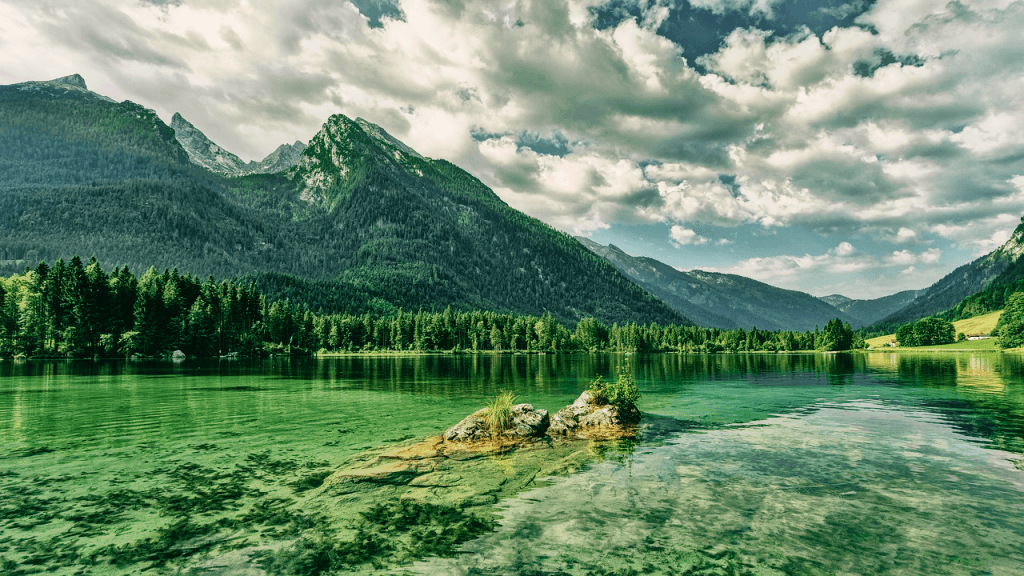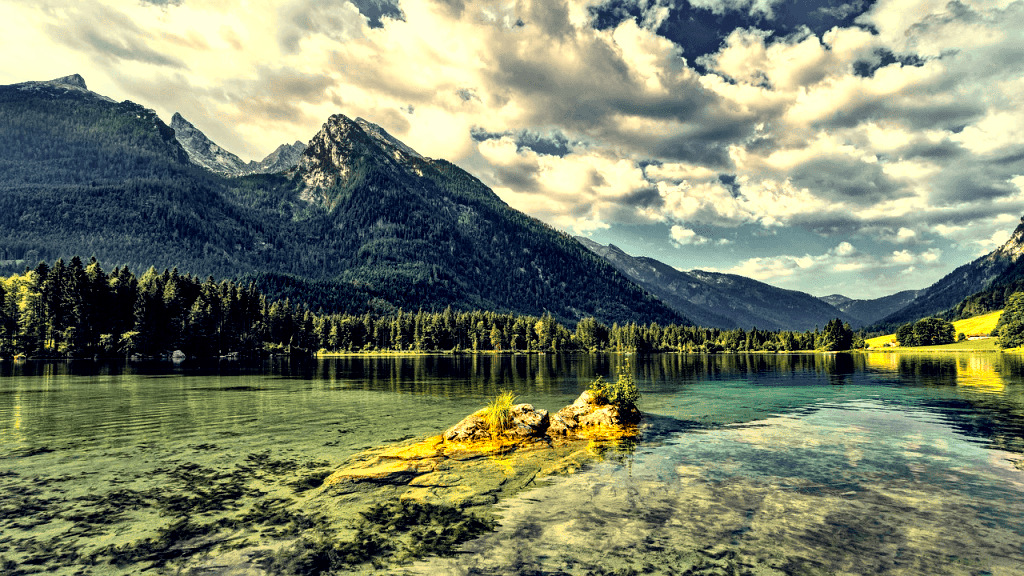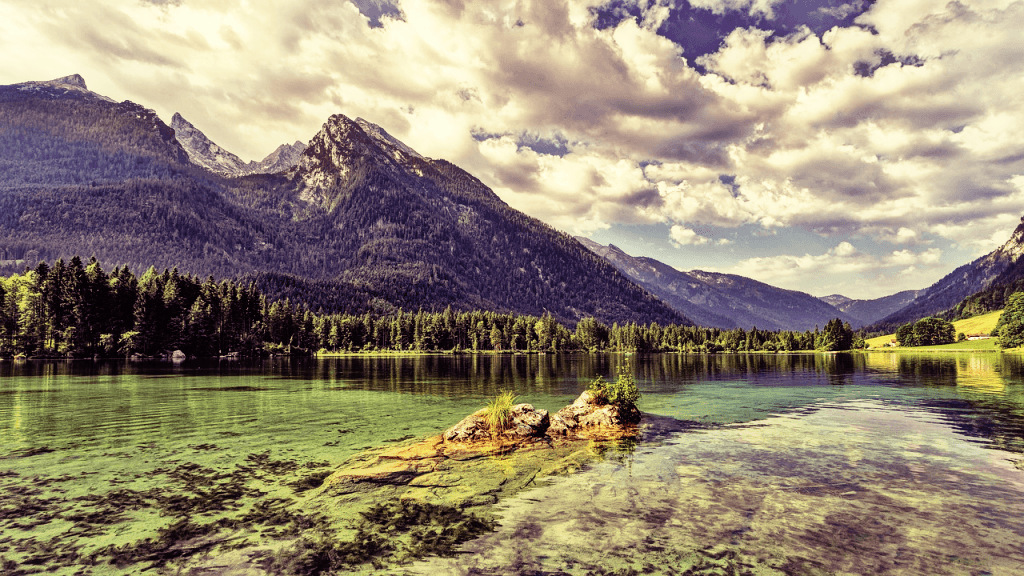In terms of colour management. If a program is unamanaged it defaults to sRGB I believe (if I am not wrong). So maybe if I set the output profile to that… hmm
While trying to emulate certain looks, I’ve observed that LUTs can be thought of as two types of operations combined:
- Curve operation (our bread and butter)
- Color shift operation (H-H curves, split toning, saturation, vibrance)
Would this cover all the bases? I am aware that 1. can produce color shifts too, but curves are limited to producing values of R as a function of R while 2. produces R as a function of RGB.
I think that having a mental deconstruction process helps to demystify LUTs
Great idea.
To make this manageable I would love to see something like the following (yes, I know know that i am ‘asking’ instead of ‘doing’ so feel free to ignore me)
A searchable website based on tags (i.e. warm, cool, grunge,
high contrast, soft, retro, film sim, etc…) where users can rate and download them. Each LUT should be applied a to the same set of 3-5 images that can show off what the LUT can do. I picture something like the Chrome store for the rating and downloads. Chrome Web Store
Eventually the highest rated ones can be merged into packs based on one some of the tags.
From RawPedia:
“CLUT” means “Color Look-Up Table”, while what “Hald” means is anyone’s guess.
Categorizing, tagging…
I mentioned on various occasions it being difficult to navigate and understand the list of CLUTs. I mean, take a look: this is just a third of the available CLUTs on the reference page:
I found this explanation: "A hald clut is a Colour Look-Up Table with three dimensions, a cube, but stored by IM as a square image. The table is indexed by an RGB triplet, and each entry in the table is also an RGB triplet, so the colours in an image can be transformed by a hald clut.
I don’t know the origin of the word “hald”. Perhaps an acronym: “Higher And Lower Dimension”? Or named after the person who devised it? I don’t know." at Editing with hald cluts
Colour lookup tables; in order to be as complete as can be, need to feature something of an HSL matrix; with a given number of Hues, and a range of Saturation and Lightness for each, which you then fill in with the results that the given edit would give. If you graph it out you get a cube (a 3 dimensional graph featuring X,Y,Z coordinates). The HaldCLUT is a means to render that in 2 dimensions, conveniently in a TIFF.
I recall having that conversation with @snibgo on the IM forums. What matters is that it works well. 


Absolutely. Just let me know and we’ll put something together! (Roping in @paperdigits as well so he’s aware.)
I’ve converted the presets from my ‘tone presets’ filter to CLUTs so I will remove the filter eventually.
Iain’s cluts.zip (5.0 MB)
I was also like to remind people about the Customise CLUT filter in the GMIC plug-in. You can make custom CLUTs with it.
My modest contribution
Original (GMIC Sample Image Landscape)
- Taiga
2)Prussian Blue
- Dark Blues in Sunlight
- Tarraco
(Probably would look better on urban / industrial picture with bricks)
- Cinematic Lady Bird
- Sweet Bubblegum
- Sweet Gelatto
@David_Tschumperle if it helps I have also the HaldCLUTs
Taiga

PrussianBlue
Dark Blues in Sunlight
Tarraco
Cinematic Lady Bird

Sweet Bubblegum
Sweet Gelatto
Thanks @Iain and @Hebustetram.
Getting the CLUT directly is better, as I’m sure it gives the transformation for more colors.
I’ll add them in the pack!
For that I would follow Iain´s recommendation so you can actually see the 3D representation of a LUT and how it changes when you change target values of your each of your sources points.
You can do any transformation of the color space as long as for each original value you have a single output value. You can do any transformation in any channel, mix channels or map a non-lineal gradient to one channel.
Although this would be the case for most “photographic” CLUT, a CLUT does not require that the transformation is done as a continuous function. You can go funky or abstract with discontinuous transformations or even discrete changes.
Often you would do multiples transformations masked to target certain ranges of hue, saturation or luminosity (e.g. saturated yellows, bluish shadows, increase contrast in greens) and probably keep whole areas of the colour space unchanged (e.g. preserve highlights or skin colours).
Made a simple one using the Datacolor test image. You can get more from http://www.northlight-images.co.uk/printer-test-images/. I quite like the PDI test image as it showcases a few skin tones in the bottom row.
Original:
Edit:
Here’s something I’ve been working on that is a bit different. It’s a CLUT to create a skin tone mask. All of the skin tones are set to white and all of the non skin tones are set to black.
It’s still a work in progress.

It would be interesting to compare the tones covered by this mask vs the tones defined as “skin tones” in Rawtherapee
Another set from a few years ago created to play with the Uzbek architecture and street fotos of a wonderful trip
Original
- Uzbek Bukhara

- Uzbek Samarcande

- Uzbek Marriage

























